Phase transitions with dilatometer
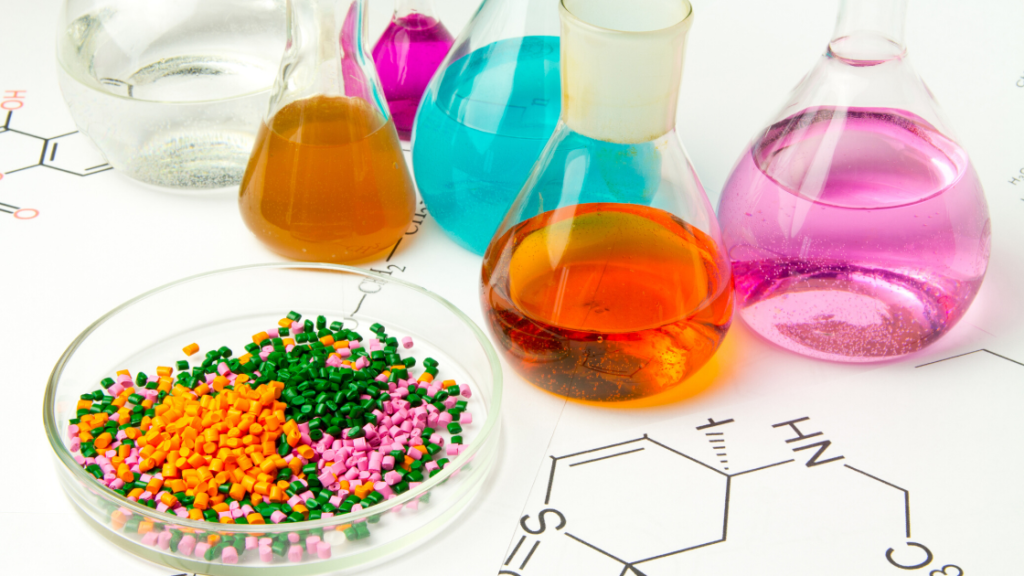
A dilatometer can be used to determine phase transitions in materials, as a phase change is also accompanied by a change in the coefficient of thermal expansion (CTE) of the material.
Measurement of thermal stability

A plastic is thermally stable if it does not decompose under the influence of temperature. The opposite of thermostability is thermolability.
Real-time insight into the grain growth with the non-destructive NDT technology laser ultrasound
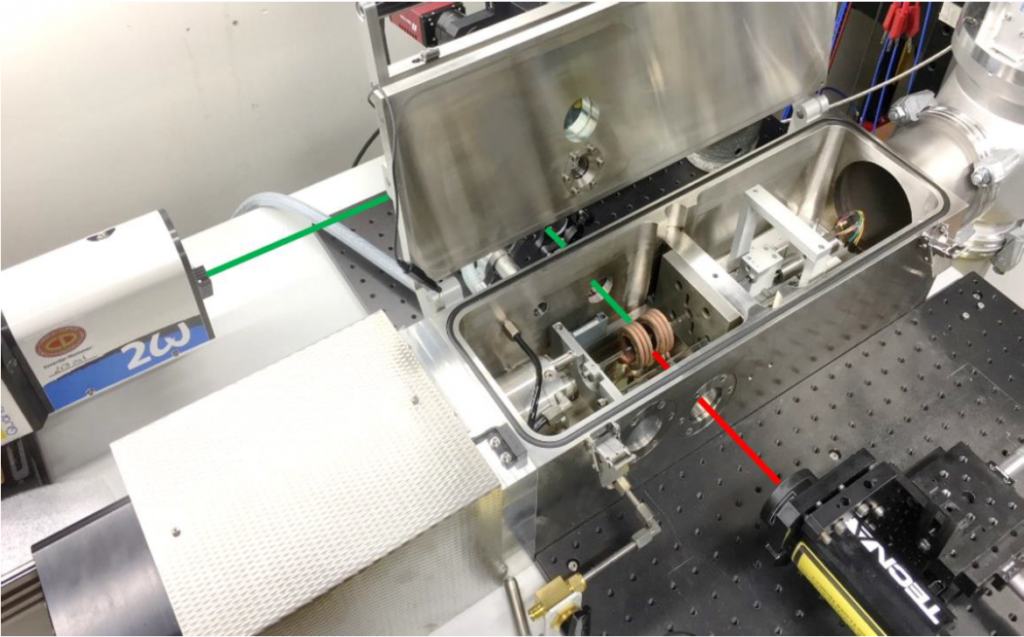
In cooperation with Linseis Messgeräte GmbH and RECENDT GmbH (Research Center for Non-Destructive Testing GmbH), a real-time grain size determination system based on a dilatometer system (DIL L78/RITA) and an adapted laser-ultrasonic system (LUS) was developed.
Phase transition of a substance: Melting
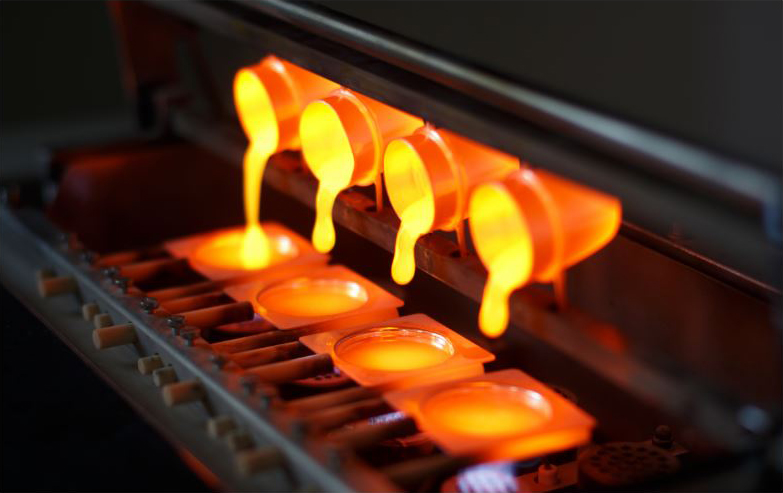
Melting describes the phase transition of a substance from a solid state to a liquid state.
What happens during Crystallization (Tc)?

Crystallization describes the transition of a substance into a crystalline state. This can occur from the gas phase, solid phase or liquid phase.
Investigations into hydrogen storage solutions
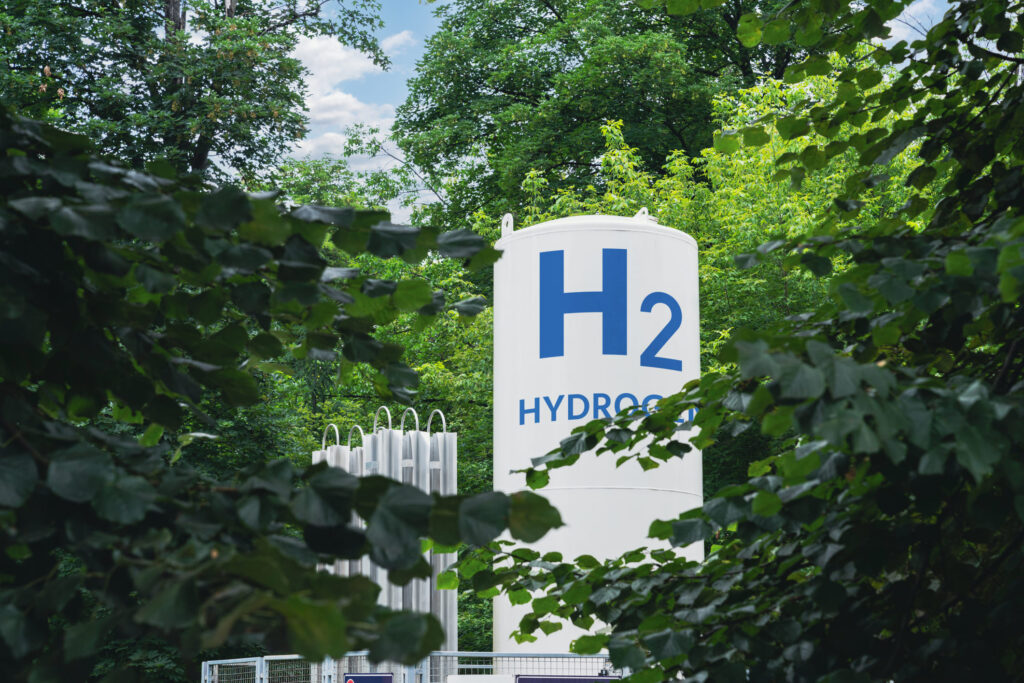
As the mass-specific energy density of hydrogen (33.3 kWh/kg) is one of the highest of all fuels, the use of hydrogen for mobility and as an energy storage medium was and is of great interest.
Specific heat capacity

The specific heat capacity indicates the ability of a substance to store heat. This material quantity corresponds to the amount of heat required to heat a certain amount of a substance by one Kelvin.
PCM – Phase Change Material
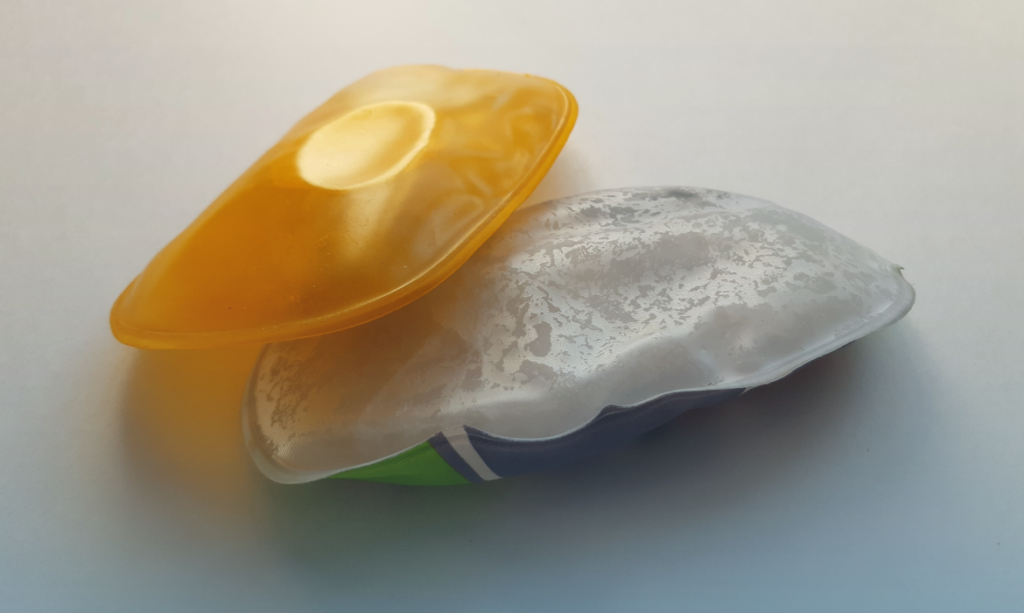
A second heat reservoir is the simple increase in temperature without a phase change. For such applications, the specific heat capacity of the storage material and its density should be high.
Thermal contact resistance

The thermal contact resistance characterizes the transfer of heat at the interface between two solids.
3D printing in ceramics
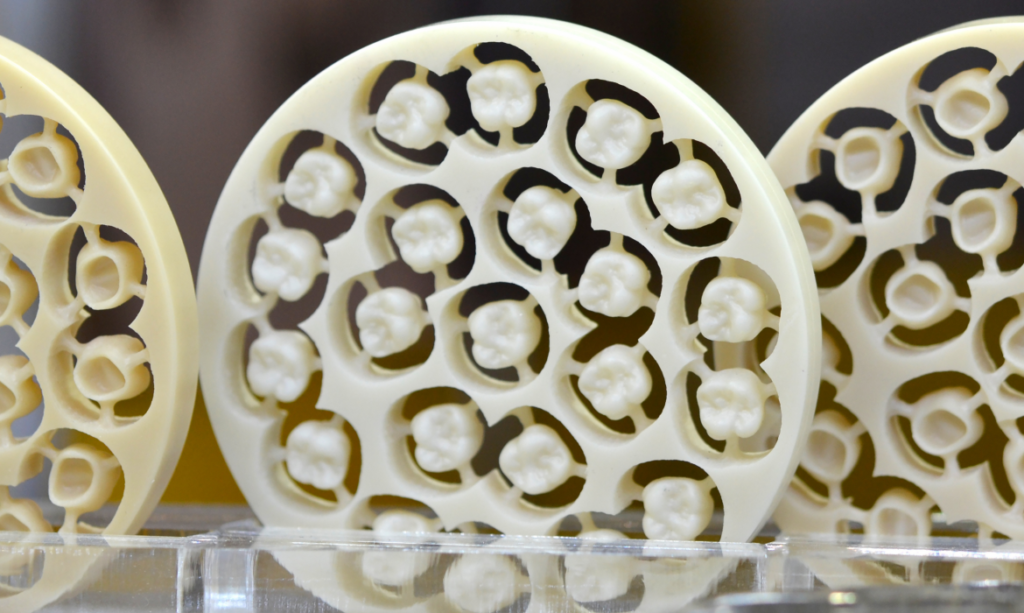
Ceramics are used in many areas of industry. As a rule, ceramics are first formed as green bodies from raw mass before this “green body” is then treated in a special way and fired (so-called sintering).